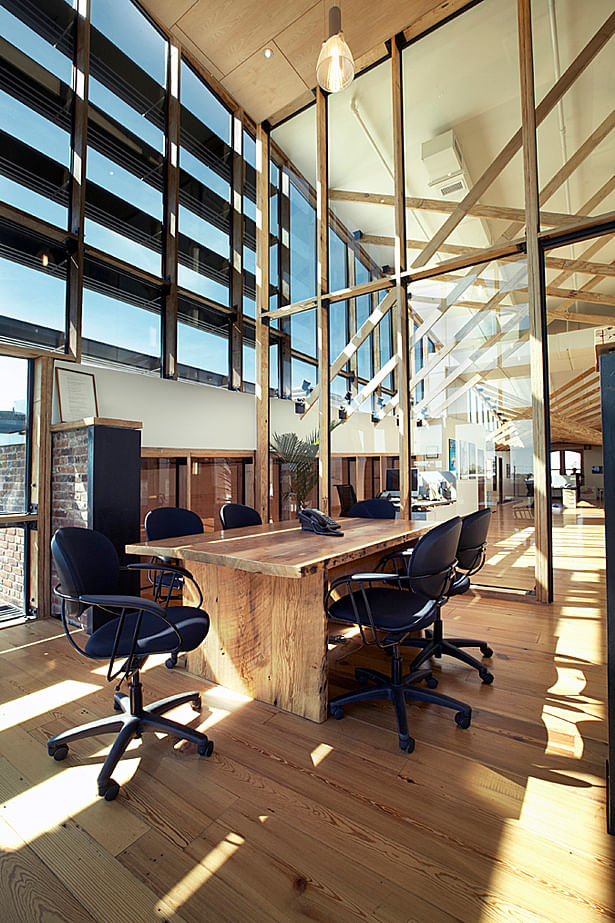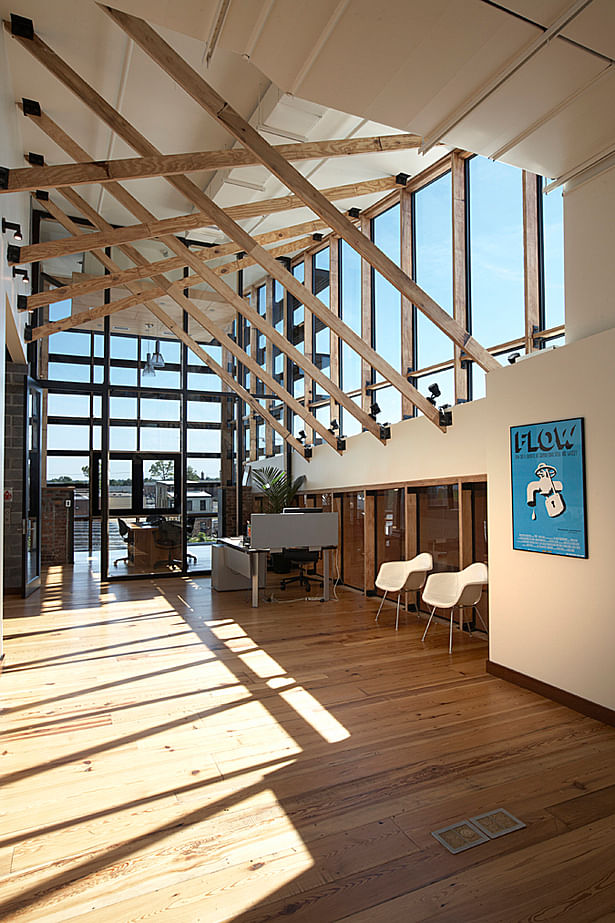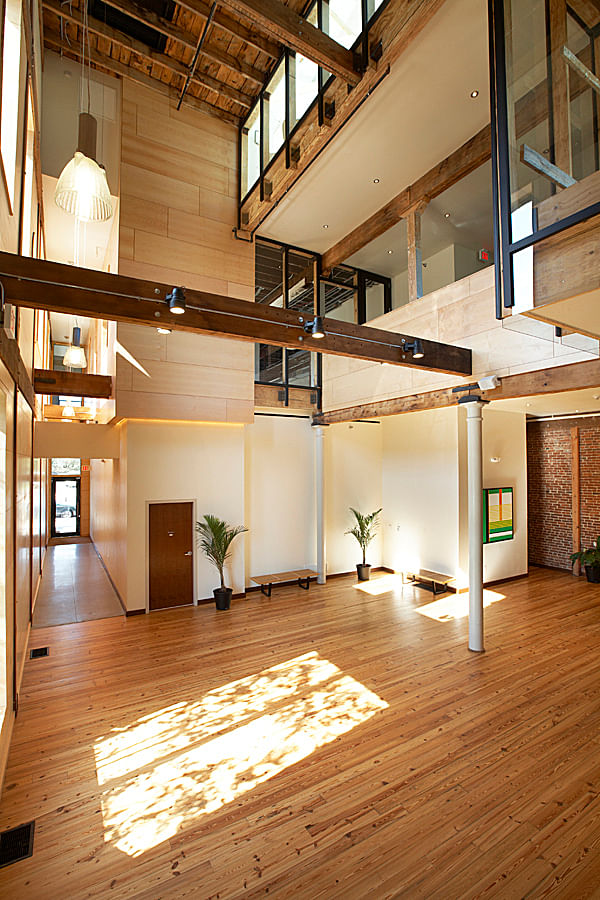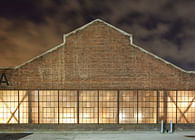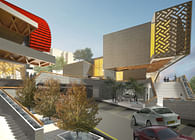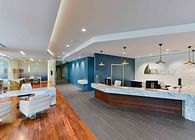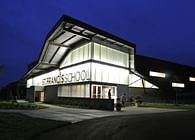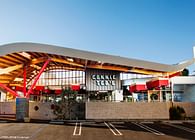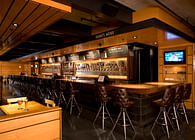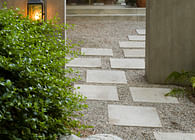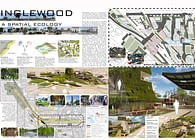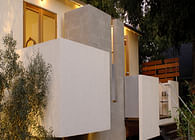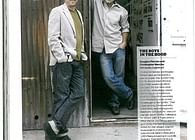
Inglewood, CA
The Green Building is the first LEED Platinum project in the city of Louisville and the first LEED certified adaptive re-use project in the state of Kentucky. Completed in the fall of 2008 and located in the East Market district of Louisville, a federally classified distressed area at the time of construction, The Green Building has become the catalyst to the reinvigoration of the neighborhood, now the hip center for arts and sustainability, coined NuLu, or ‘New Louisville.
The Green Building Project rescued a 115 year old building from decades of misuse, resuscitating its structural masonry shell, and infusing it with a modern core, including a 40 foot high lobby, expansive natural lighting, eco-friendly materials, and renewable energy systems. Based on the idea that sensible architecture emerges between spatial and programmatic relationships, (fer) studio designed the project to instill an experience of Place within the surrounding environment. Establishing a design order enabled the sustainable features of the project to fall into place and set up a natural codependency between design and sustainability.
Today The Green Building is a 10,175 ft2 mixed-use commercial building housing a gallery, event space, offices, tenant office spaces, conference room, and a separate tenant restaurant space. The building's original mortar joint façade remained intact while the 1980's storefront was replaced by an angled, recessed wood and aluminum façade that recedes visually and draws visitors in towards the entryway. A café fronts the East Market Street side and a separate entry draws visitors back along the interior 'street' to the triple height lobby space in the belly of the building. Though the space is long and narrow, natural light and outdoor views flood the interior through an ascending glass spine that bridges all three floors and breaks the roof into three planes. The spine cascades down the backside of the space, providing views to the green roof below. The main gallery below the green roof is home to a digital movie screening room and a monthly-rotating art gallery.
The semi-enclosed outdoor courtyard in the rear provides a warm weather event space shaded by trees and a canopy of 90 solar panels cantilevered on the existing roof bar joists. Just outside the courtyard and 225 feet below, a dozen geothermal wells provide renewable energy to the building, and, concealed in the basement, a cylindrical ice storage system freezes during off peak hours and generates cool air at π the normal energy cost. An energy recovery unit is located at the highest and lowest points of the building to capture hot and cold air and redistribute throughout the building. Existing old growth wood members have been blasted with corn husks and planed down for reuse in plain view throughout the building.
Highlights of the Green Building
* Innovative Re-Use Design: Understanding the history of the building and the context of the neighborhood, (fer) studio inventoried the existing building components to determine its weak points. Elements of the building were carved away to allow a new re-use form to emerge Triple height volumes adjacent to single stories activate a sense of openness by being next to an adjacent compressive (and more intimate) space. New construction defers to old at the historic front façade of The Green Building and incrementally reveals a new formal arrangement as visitors filter through the spaces towards the rear of the building. In the center, all components, both spatial and technical, merge into the design core, which visually connects to every space in the building.
* Water-efficiency: No city water is used by The Green Building’s xeriscape landscaping. Storm water is either absorbed by the green roof, collected in three large rain barrels, or directed into a rain garden, where the toxins are removed by plant material before reentering the ground water system.
* Energy-efficiency: The Green Building saves 30,000 pounds of CO2 a month, more than enough to offset the carbon footprint of all its employees’ vehicles. Thanks to 81 solar panels, a 1,100 gallon ice storage system, and twelve geothermal wells 225 feet underneath the building, The Green Building’s total off-grid energy efficiency is up to 68% and it outperforms Kentucky energy codes by up to 65%
* Re-used Materials: In addition to saving the original mortar shell of the structure, The Green Building team re-used much of the material from the original building. For example, structural wood from the original building was re-milled into finished flooring and furniture. Bricks from the original building were carefully disassembled and re-used in other areas of the remodel.
* Recycled Materials: The Green Building includes a high percentage of recycled materials, including 100% of the flooring, 70% of the windows, and 80% of the insulation, made from recycled blue jeans. The team diverted 551 cubic yards (³cy²) of demo material from the landfill by donating to local salvage yards, construction companies, a nearby farm, and Habitat Restore for Habitat.
Status: Built
Location: Louisville, KY, US
